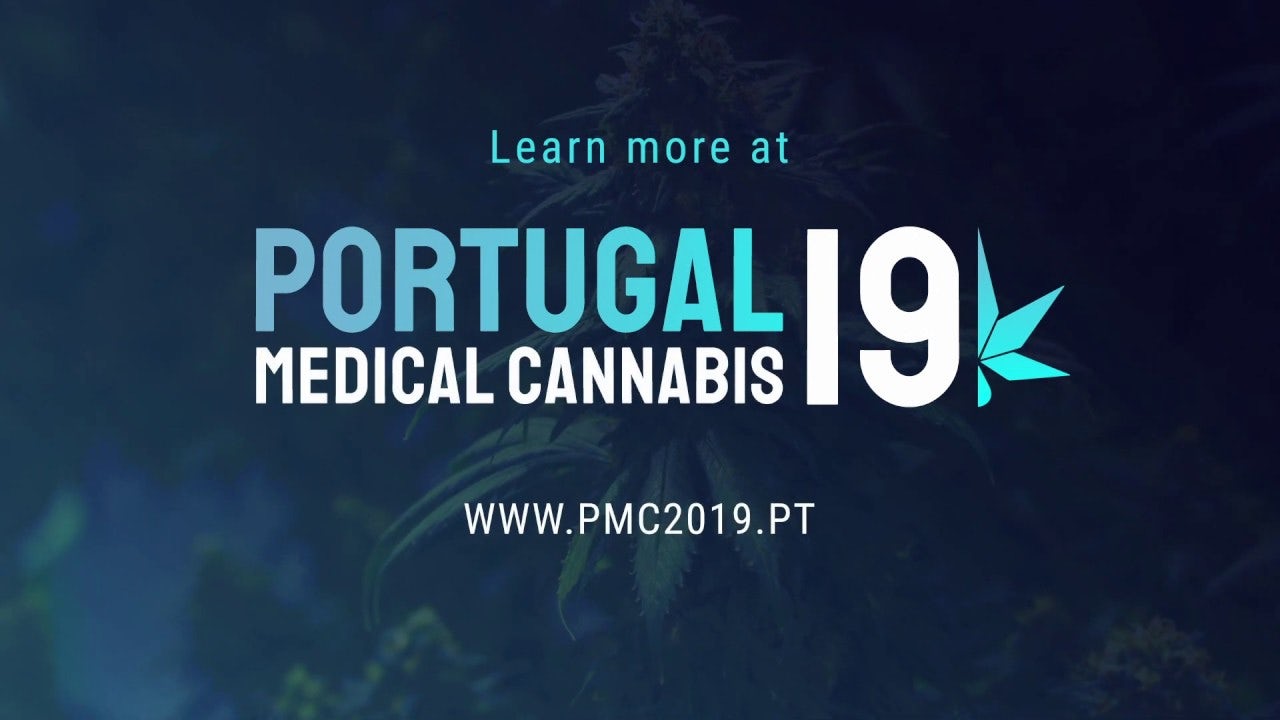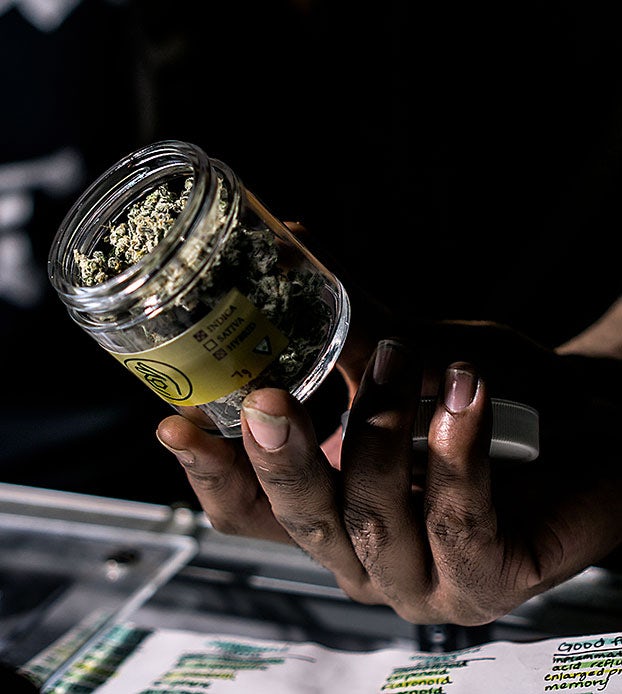This past year has seen cannabis brands and thought leaders scramble to move meetups and conferences online. They were not alone, of course, in the mad dash to find ways to still network in the middle of a pandemic, as the very nature of human interaction was changing right before our eyes.
How do you stay connected in a time of social distancing? Last week, six experts from some of the leading cannabis analysis and marketing firms came together for ‘’How to Host a Cannabis Event.” The webinar examined how cannabis brands can hold successful online cannabis events during this time of social distancing, and how you don’t need to miss out on marketing just because you can’t meet anyone.
The discussion featured insights from Stephen Murphy, managing director of Prohibition Partners, Carey Fried, VP marketing for iCAN, John Sidline, CEO of thecompound.io, Pamela Moore of MJBizDaily, Jake Kuczeruk, VP of business development for The Arcview Group, and Charles Warner, editor-in-chief of Innovation & Tech Today.
Some of the main takeaways, drawn from the participants’ experience, were:
- Find the right digital platform to run your event
- Try to go the extra mile and think differently in order to offset the webinar fatigue so many of us are feeling lately
- When possible, try to focus on the bright side of this bizarroland we now call home
- Look for unique opportunities the current situation provides for cannabis brands to connect with like-minded people in the industry.
Pick the right platform, know your audience
“The biggest thing is selecting your platform and the importance of making that decision and making the right decision as early as you possibly can,” said Jack Rudd of Analytical Cannabis, adding that his company was lucky to have had something of a head start, with experience running digital meet-ups well before the COVID-19 pandemic.
For Jake Kuczeruk of Arcview, finding the right platform was directly tied to knowing who your audience is.
“You know, if they’re younger, they’re hip, then Instagram live is going to be a great fit. If you’re doing something that’s investor focused you’ve got to kind of gauge who’s accessing,” Jake Kuczeruk said.
He added that for Arcview, “the big thing for us when it came to finding the right platform was simplicity. As you can imagine, our member base is a lot of older investors. From the very first event, we were getting a flood of emails saying ‘hey, I got the registration link. I don’t know where’s the invite for this.’”
As Stephen Murphy of Prohibition Partners put it, “it goes down to what type of products do you want to create and what experience you want to create.”
And all of that has to take into account that people are suffering from webinar fatigue at this stage of the pandemic.
It’s the little things
It’s pretty much impossible to make remote meet-ups feel like our old lives, and toasting each other in front of our webcams doesn’t quite feel the same as a post-conference beer at the pub. Still, little touches can make a big difference.
For Charles Warner of Innovation and Tech Today, this meant using a platform for their digital conference called Hyperfair, where attendees were able to create avatars and attend in a 3D immersive space.
“Not only is it kind of cool, it’s fun and its gamification that can keep people engaged,” Warner said.
Warner said that he heard people talking about colleagues and contacts that they “met” at the event. “They hadn’t seen each other in, in nine months and that felt really good,” he said.
Elevate different and unique voices
More or less since early March, most of us have taken part in an astounding number of webinars, video work meetings, and Zoom interviews, not to mention helping our kids study remotely on the home computer. After a while, it can all become a blur.
“That was one of our biggest challenges, breaking out of that sea of sameness,” said Carey Fried of iCAN, who likened the rapid adoption of remote conferences to “building the plane as we’re flying it.”
As Fried put it, “attention is the most precious commodity. What makes us worthy of somebody’s attention?” She added that one of the great things about webinars “is we can elevate different types of voies.”
Or as John Sidline put it, “it’s hard to make your event interesting if it’s the same voices,” and, “otherwise we’re all marketing the same people and we’re going to definitely give them webinar fatigue.”
Think of it like a dating app?
We’ve all attended or organized events where people wander the floor looking for interesting people, awkwardly trying to find ways to make an intro — only to find that you’re talking to someone who isn’t really of interest to you and the feeling is mutual.
“Today, a lot of the [digital] platforms provide, in the way that a dating app does, the way to say what sort of person are you looking for and swipe to find the person you want,” according to Pamela Moore of MJBizDaily.
She added that these digital event management programs that allow people to hone in on the types of people they’re interested in networking with allows them “to really just pick the people who you really need to evolve your business with.”
She said this isn’t just the case for webinar attendees, but also the big name panelists and speakers who in traditional, pre-COVID events were “afraid to go out and walk the halls because everybody asks them every question under the sun and it keeps them from actually getting something out of the event.”
According to Carey Fried, this also means that “you get opportunities with digital platforms to get access to people you ordinarily wouldn’t be able to get access to,” as they’re mobbed on the convention floor.
Focus on the bright side
Even if you’re dying to dust off your passport, this restrictive new reality actually does have its benefits for marketing and networking.
As Stephen Murphy of Prohibition Partners put it, “you are able to facilitate new connections without the requirements of them being in Vegas or London or Tel Aviv. We’ve certainly been able to overcome that hurdle. And I think as we sharpen the experience and sharpen the products, the demand for that international connection, isn’t really going to go away.”
Many of the digital platforms also allow you to track the success of your meet-ups with the type of data that isn’t always as easy to come by with in-person events.
As Charles Murray explained, at an event they took part in this year “there were 15,000 business cards exchanged at a three-day event and those are real analytics that you can see. There were 9,000 conversations, chats between people.”
You also may want to manage expectations.
Describing the Whole Plant Expo earlier this year, which was produced by the compound.io, Sidline said, “we made probably every mistake along the way that we could make, but we figured out what the formula was by the end.”
Sidline said that while “I can tell you that the attendees of Whole Plant Expo were very pleased,” they couldn’t build their business around the event the same that they did with events in the past, even if online events still allow the organizers to charge for tickets and sponsorships.
At the same time, different metrics for success may be in order. According to Pamela Moore from MjBizDaily, with a digital event you can change your KPIs and how you measure success.
“We’re measuring things like how many connections are being made,” she said, and that’s only one example.
“How many people visited a vendor and found out something about a new product?” she continued. “How many people have held conversations and even got to a meeting? Those are things that we can’t measure as well when we’re all live in Vegas because it’s 35,000 people and who knows who’s talking to who. Here [digitally] we can literally see it and it creates new dynamics in terms of what success looks like.”
Creating new metrics for what success looks like has been a fact of life this past year, but with the right digital tools, and by creating unique content and elevating lesser-known voices, you can meet those metrics — at least until we go back to the old ways of marketing.
Sign up for bi-weekly updates, packed full of cannabis education, recipes, and tips. Your inbox will love it.

 Shop
Shop Support
Support
















